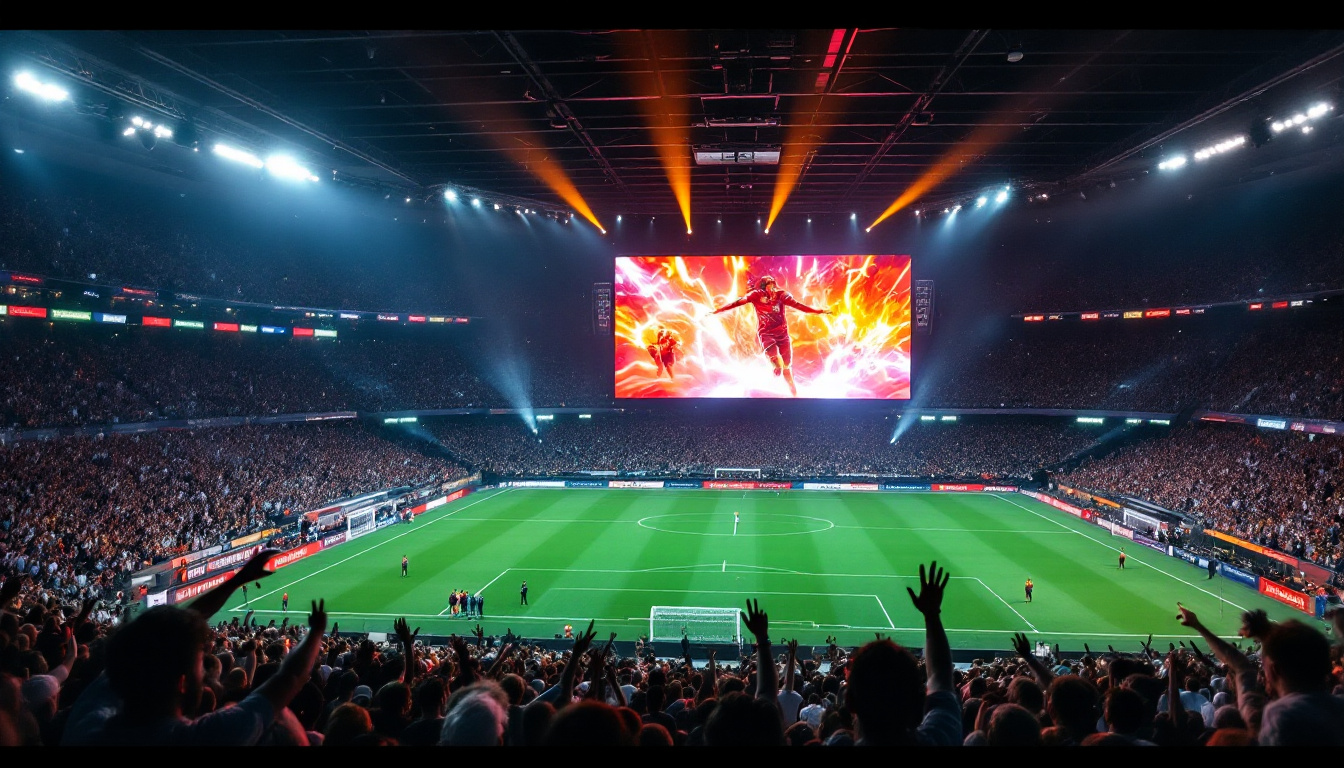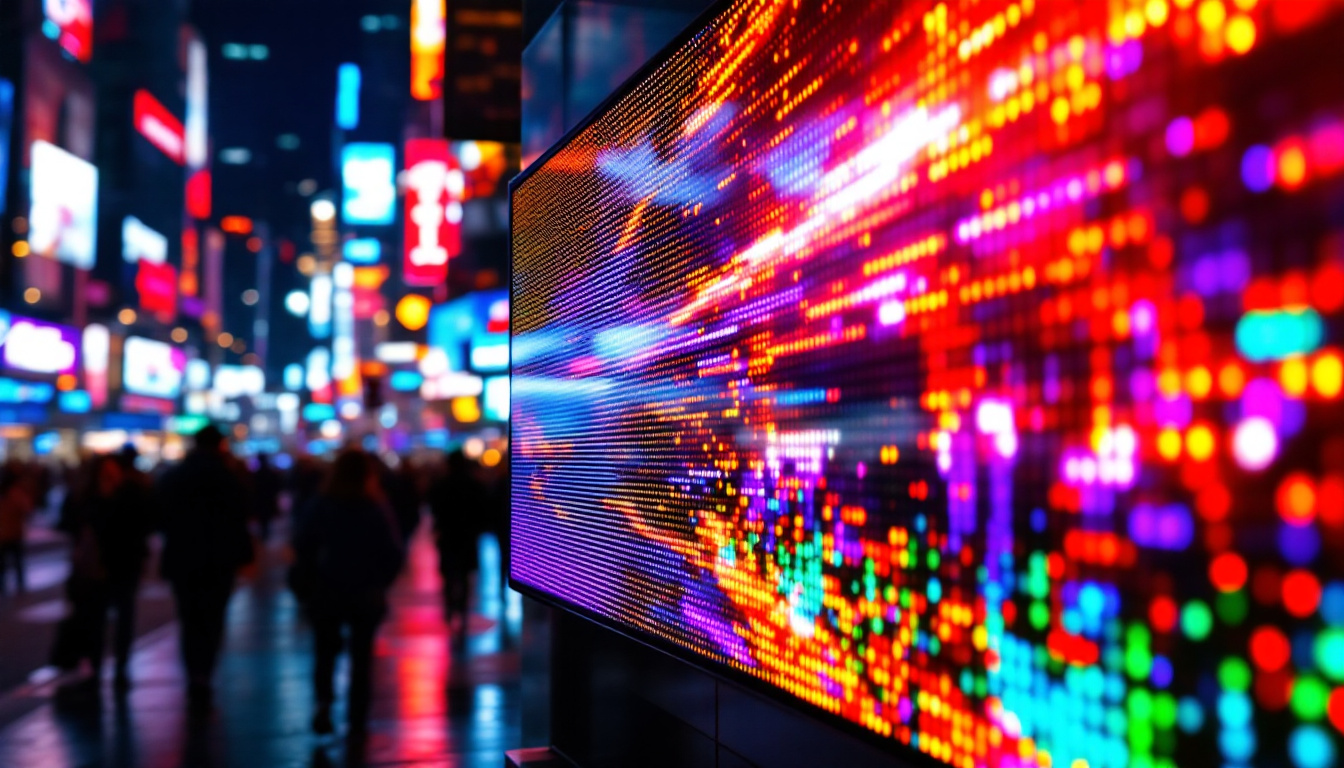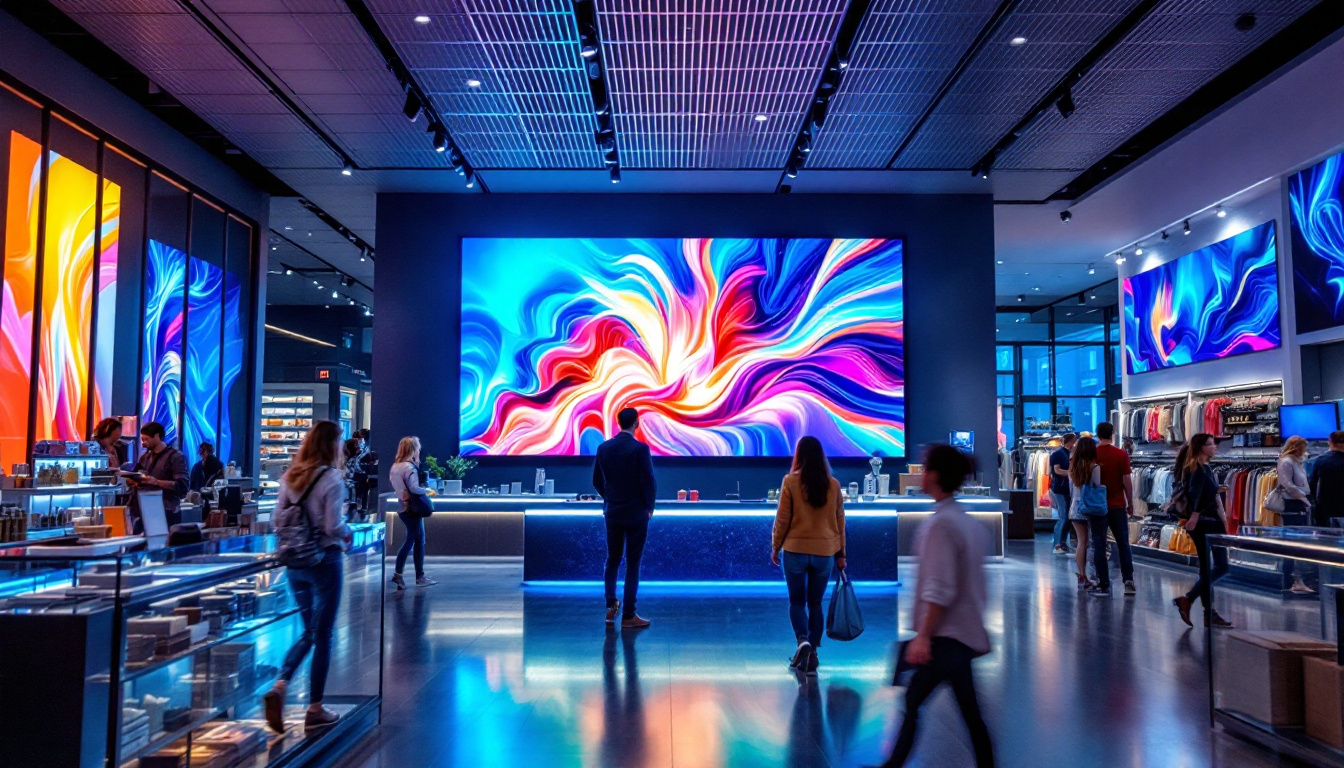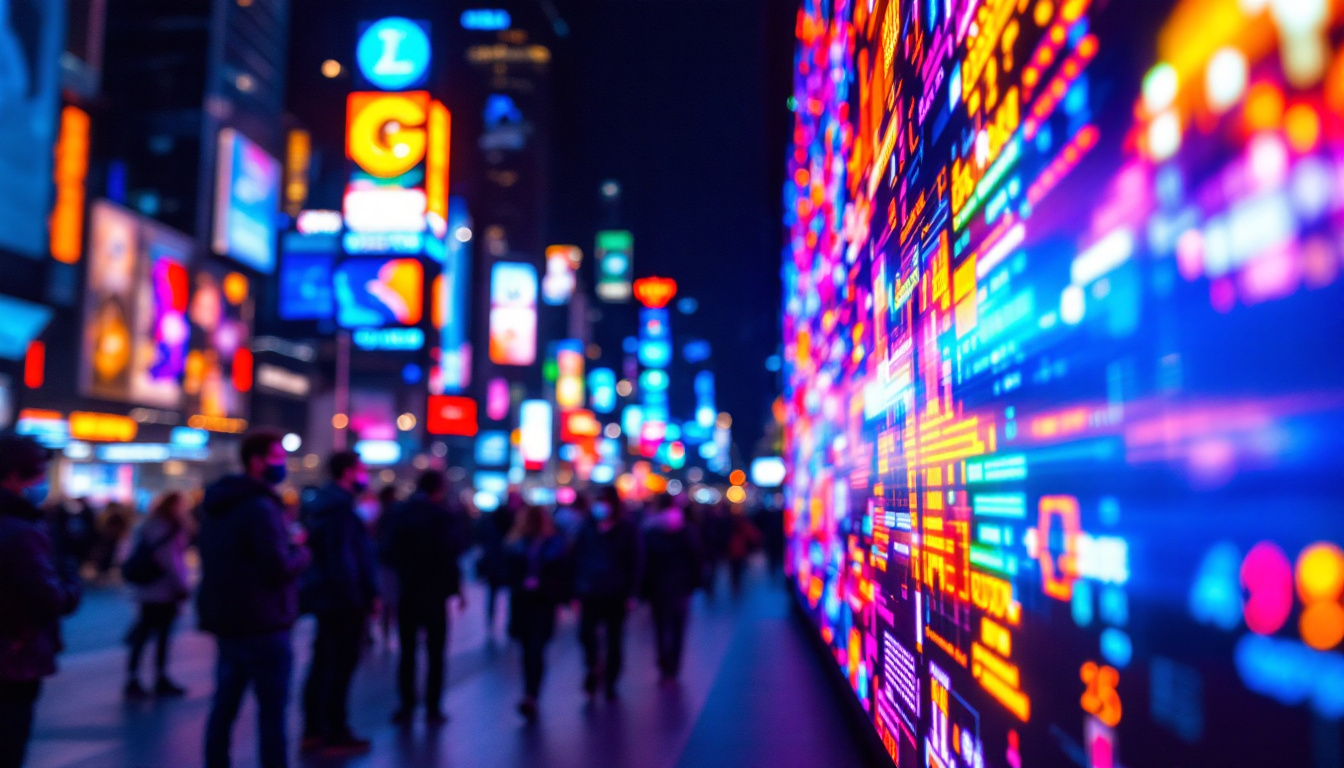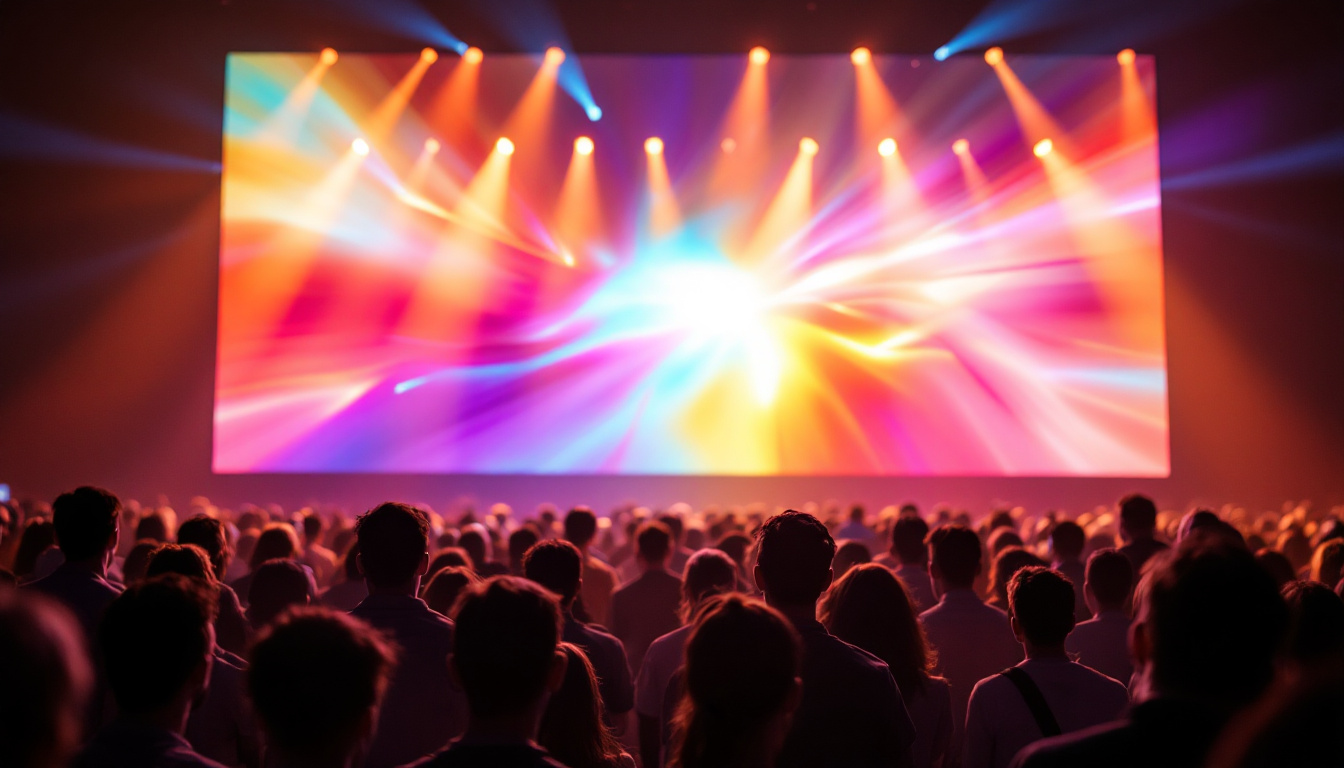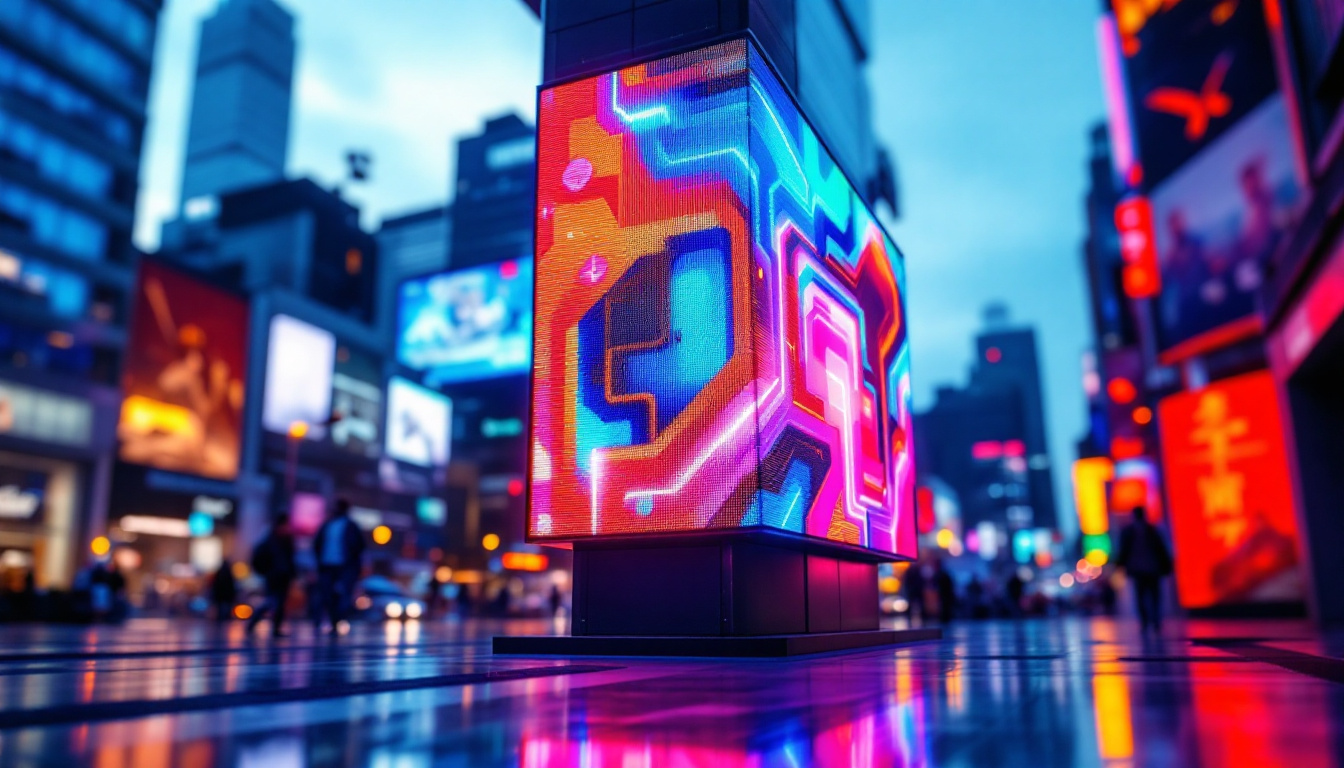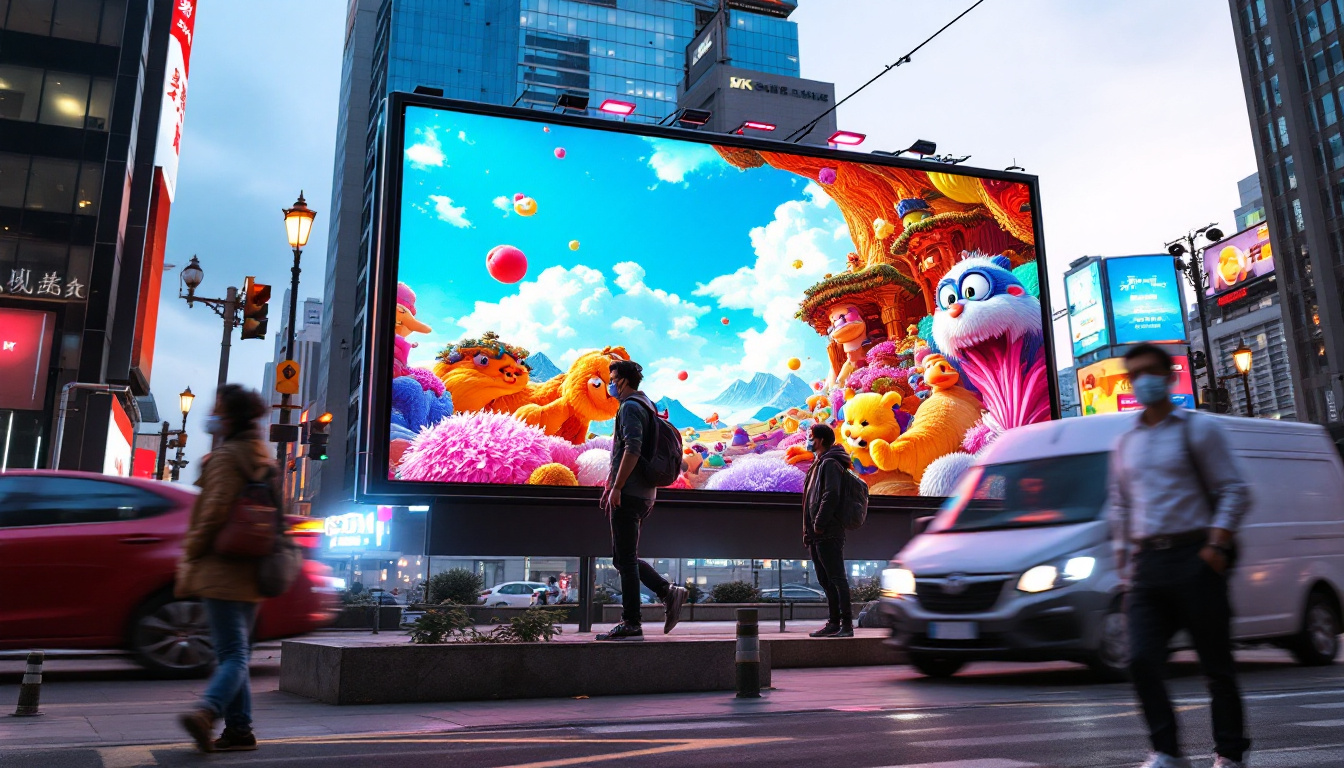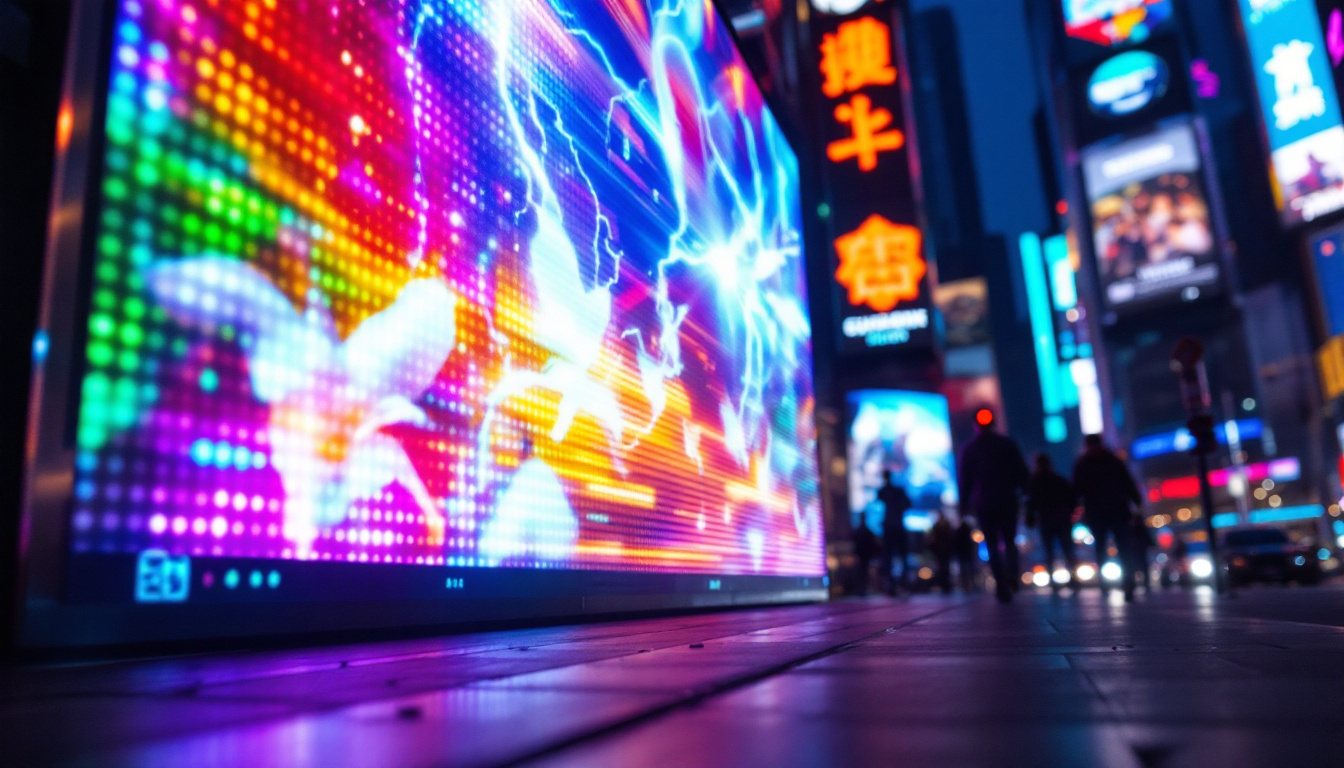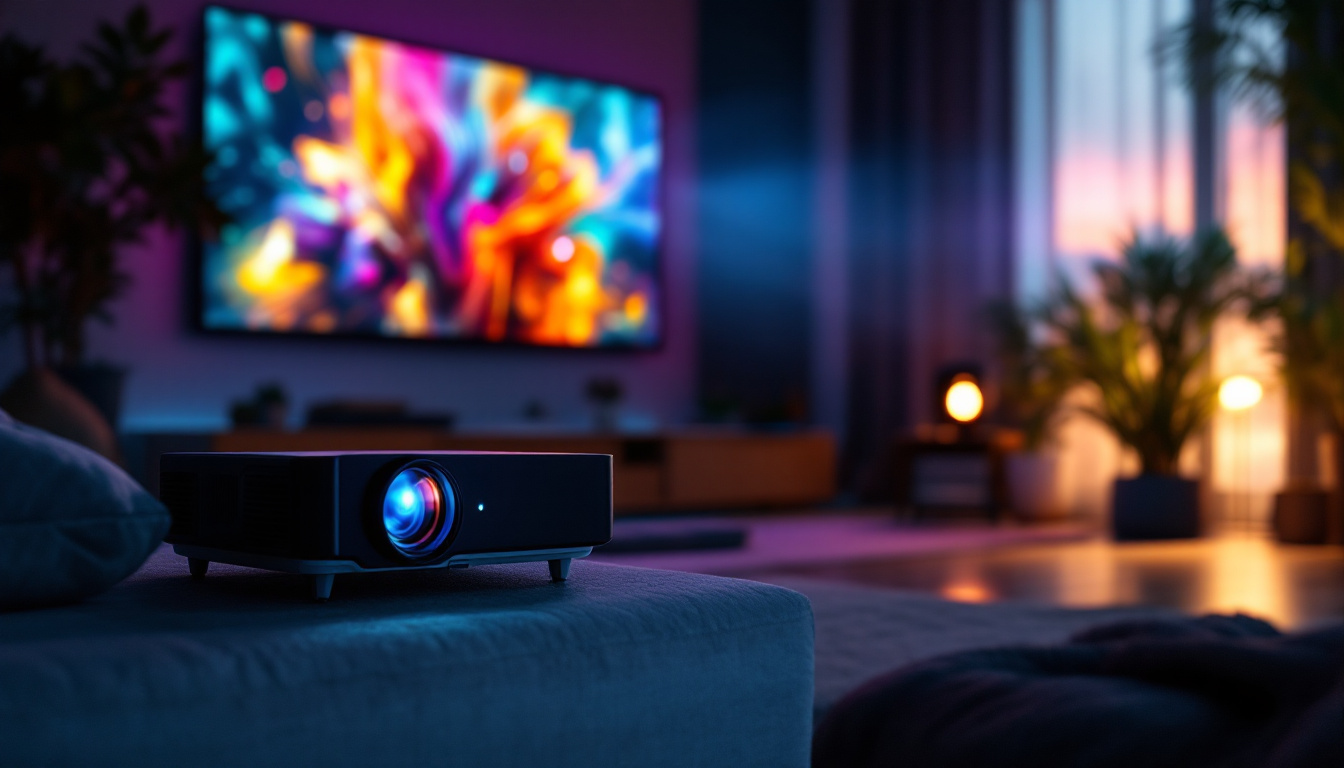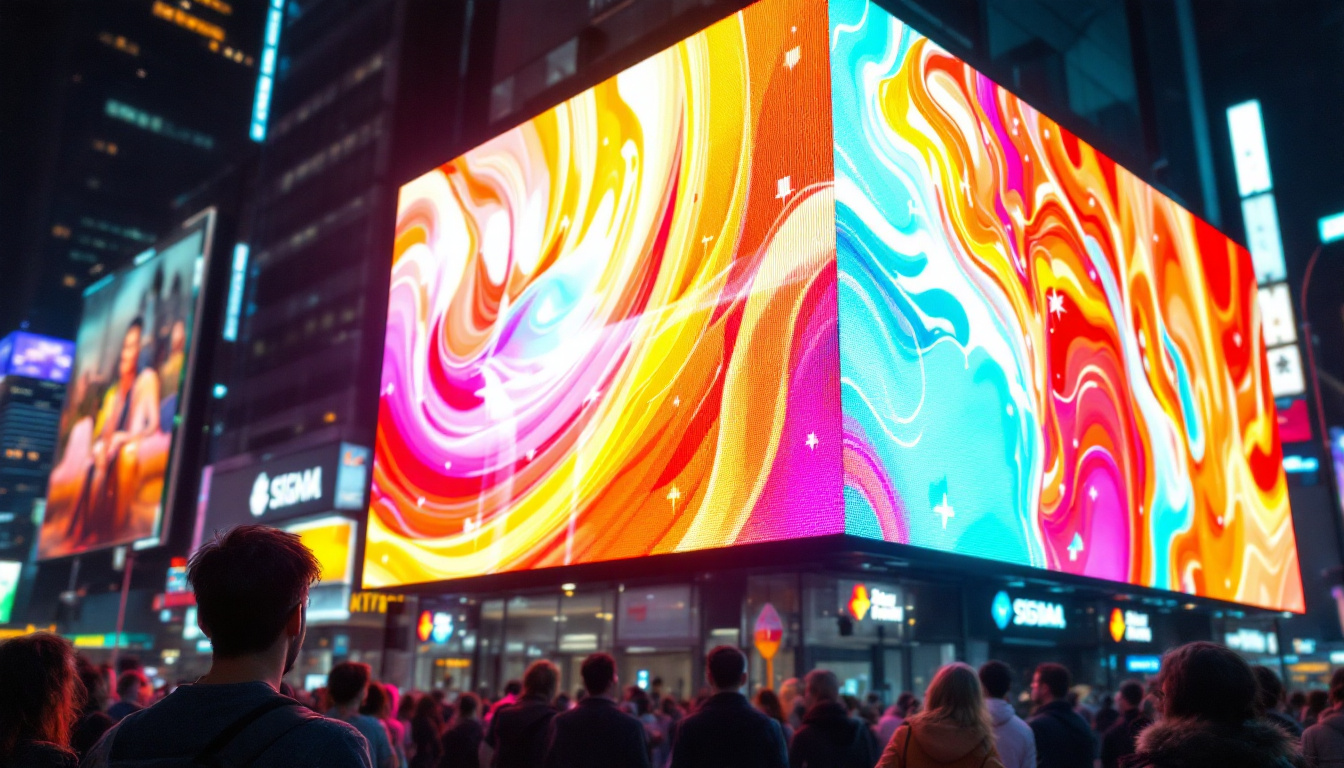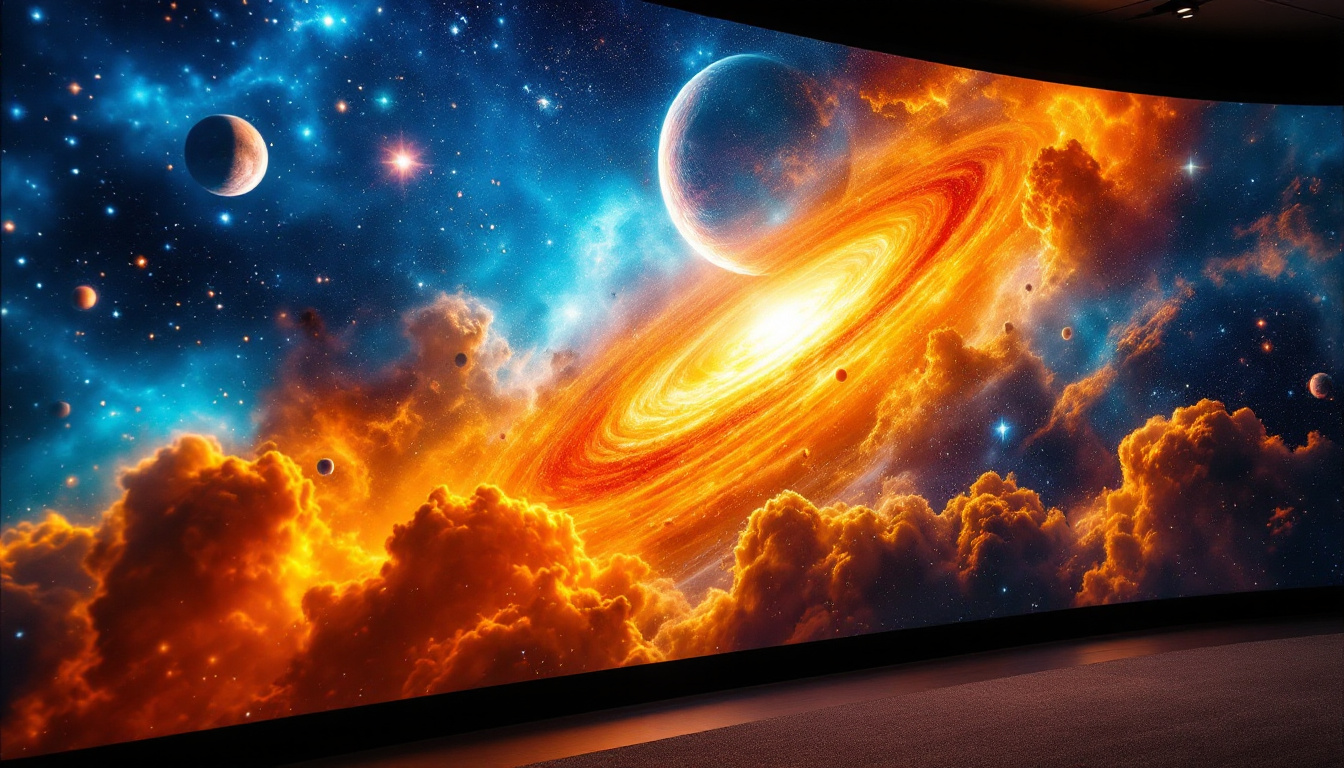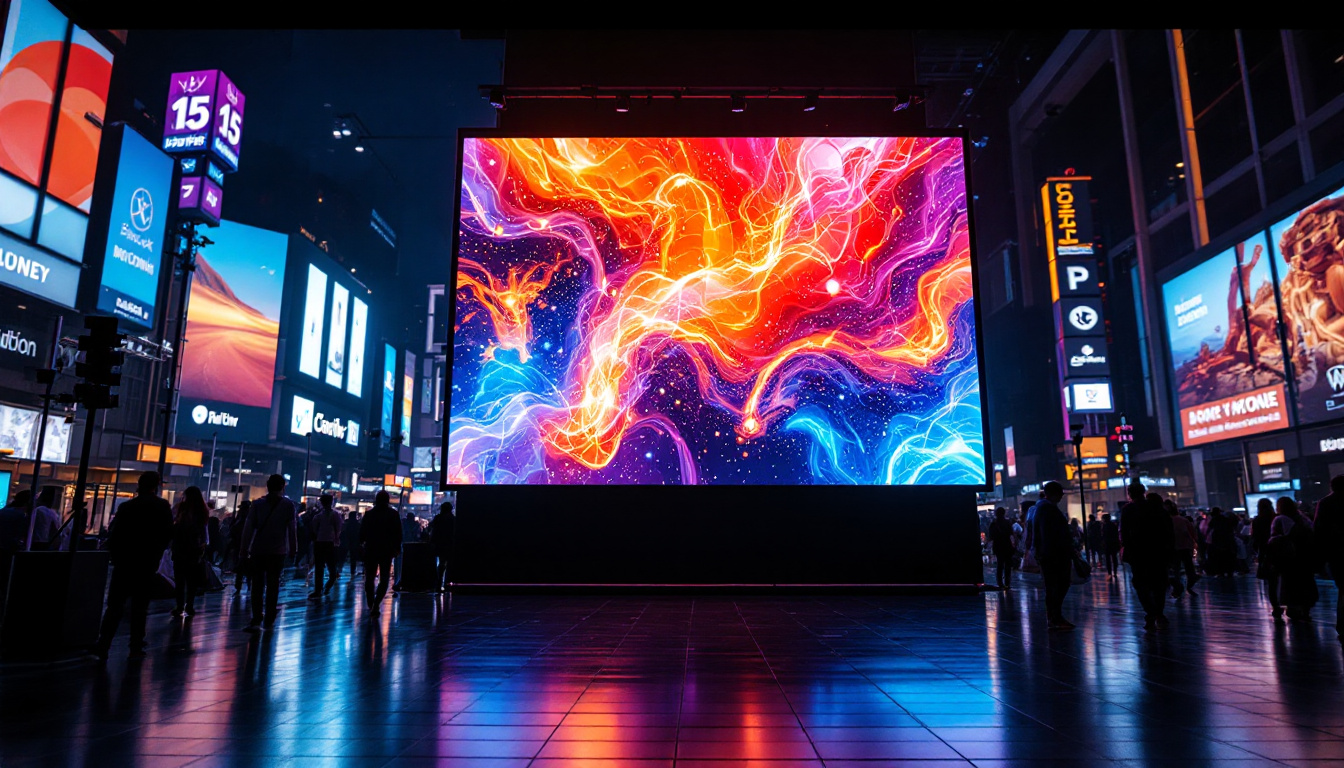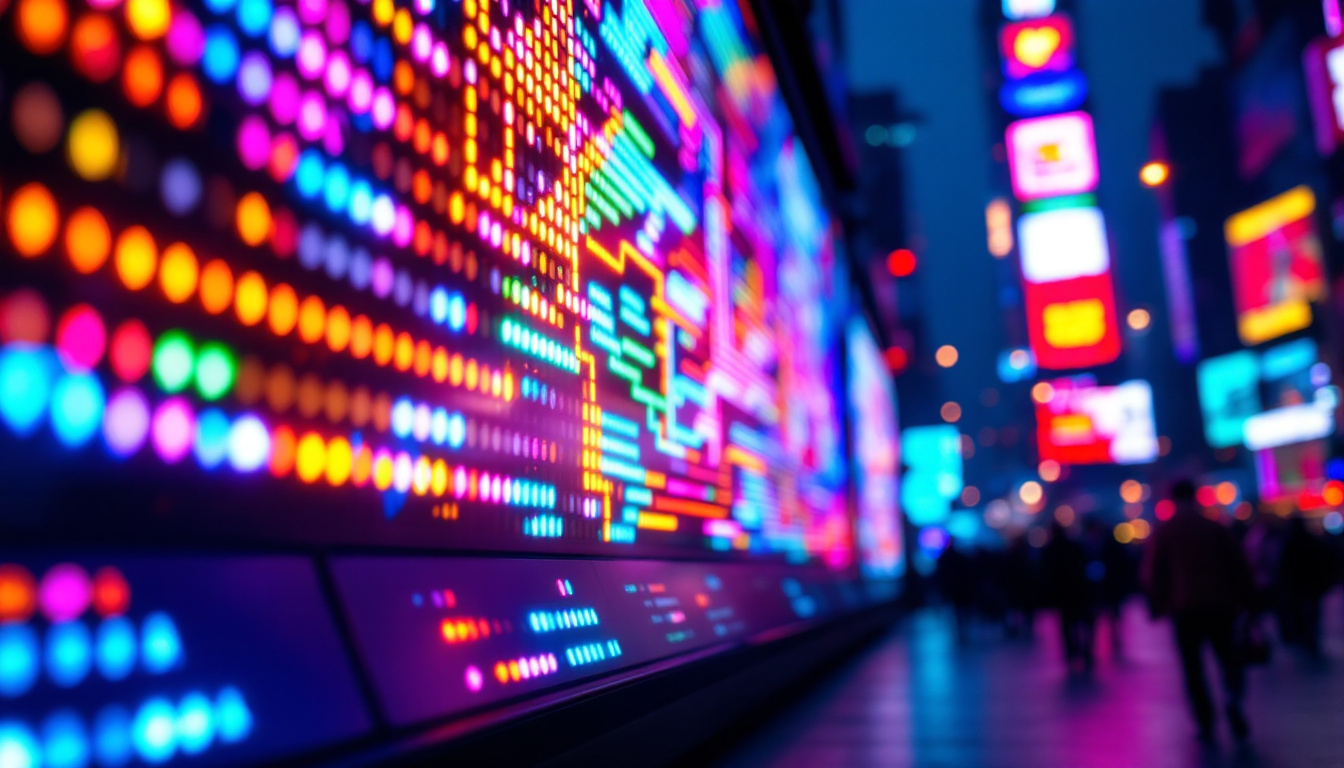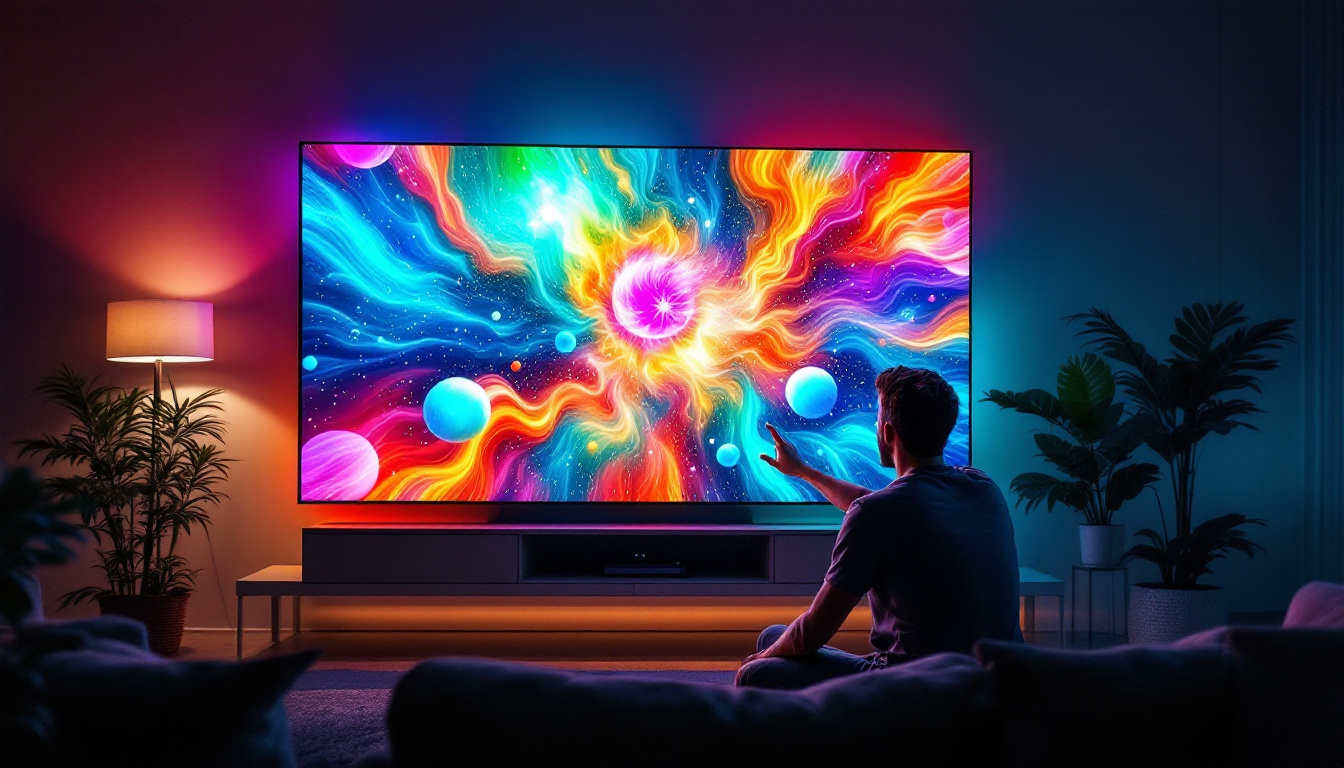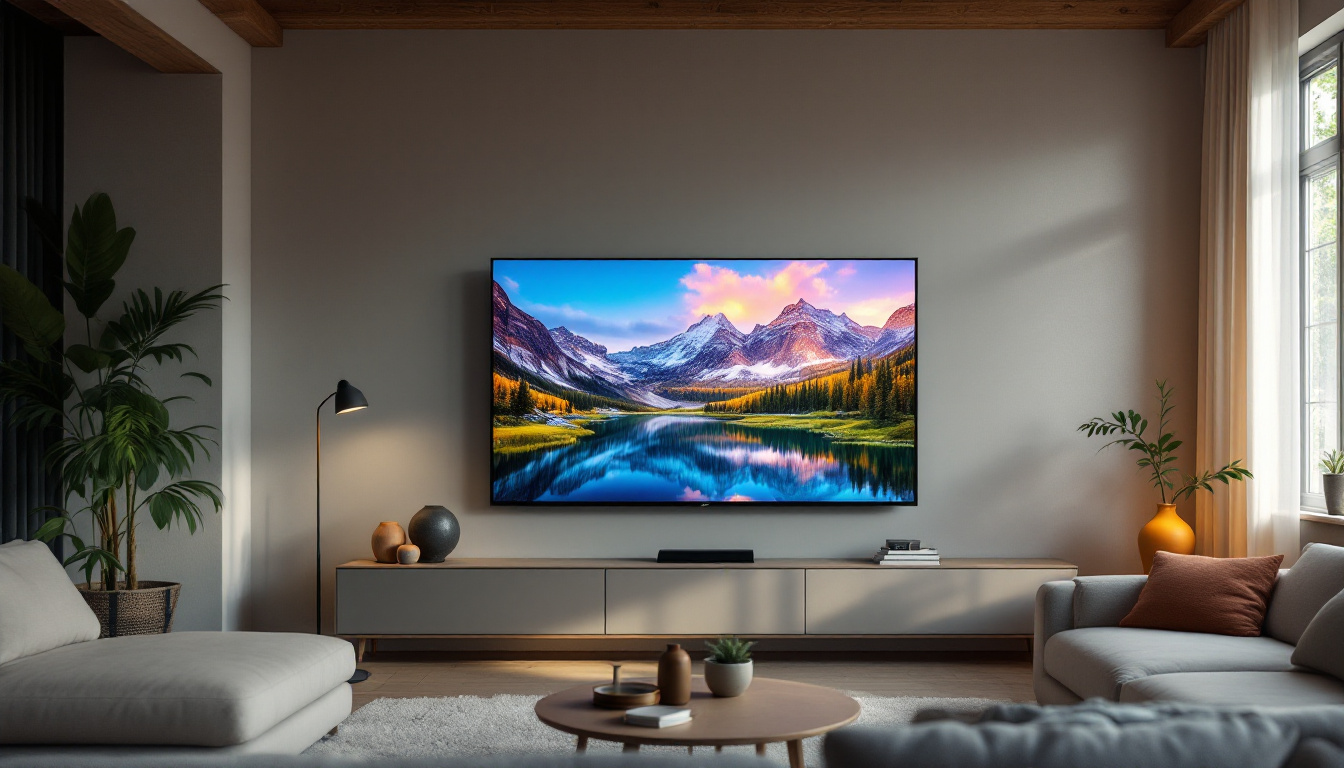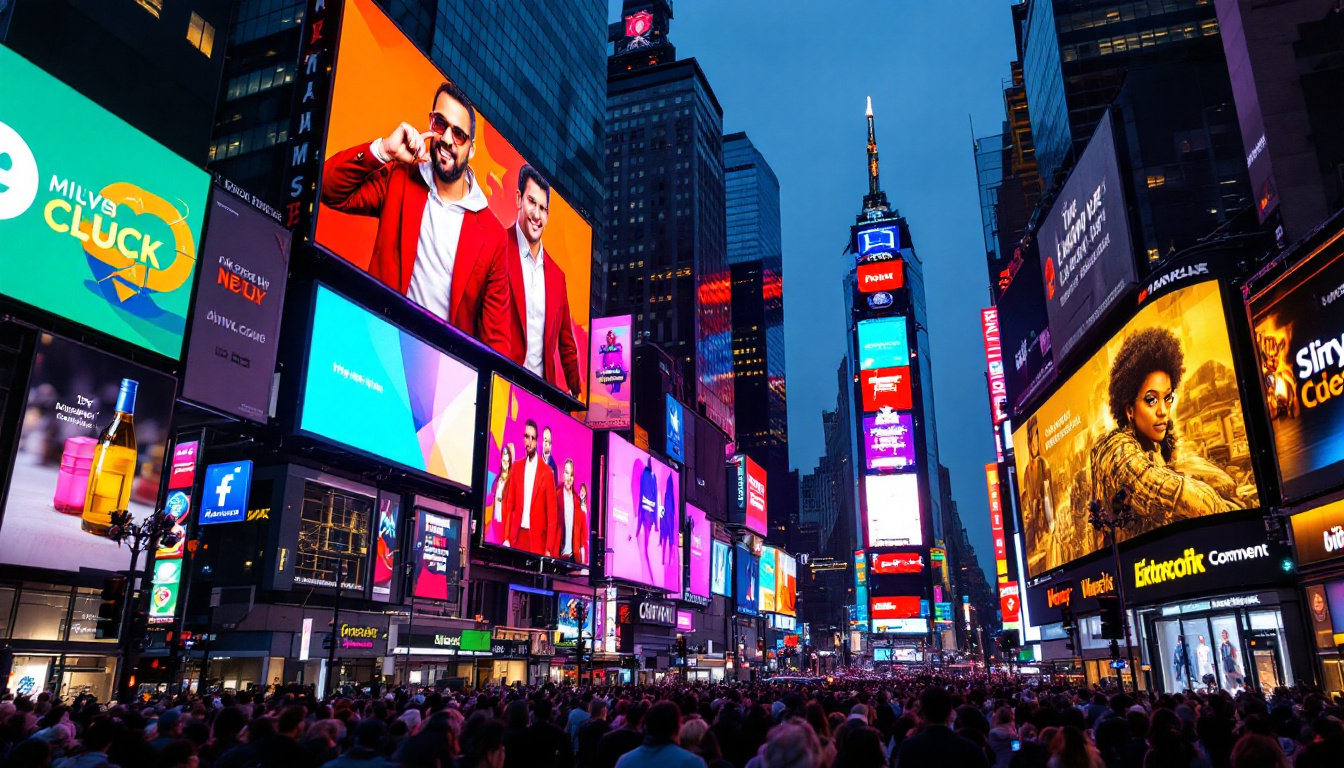In the world of sports and entertainment, the visual experience plays a crucial role in engaging audiences. One of the most significant advancements in this area has been the introduction of LED displays in stadiums. These screens not only enhance the viewing experience but also serve various functional purposes. This article delves into the intricacies of stadium screens, focusing on LED technology, its benefits, and its applications.
Understanding LED Technology
Light Emitting Diode (LED) technology has revolutionized the way visual content is displayed. Unlike traditional display technologies, LEDs offer superior brightness, energy efficiency, and longevity. This section explores the fundamental aspects of LED technology that make it ideal for stadium environments.
What is an LED?
An LED, or Light Emitting Diode, is a semiconductor device that emits light when an electric current passes through it. The light produced can vary in color depending on the materials used in the semiconductor. This technology has evolved significantly over the years, leading to the development of high-resolution displays suitable for large venues. The versatility of LEDs extends beyond just color; they can also be designed to emit light in various wavelengths, making them suitable for a wide range of applications, from simple indicator lights to complex display systems.
How Do LED Displays Work?
LED displays consist of numerous small diodes arranged in a grid pattern. Each diode emits light, and when combined, they create vivid images and videos. The brightness of these displays can be adjusted, allowing for clear visibility even in bright daylight. Additionally, the modular nature of LED screens enables them to be scaled to various sizes, making them perfect for stadiums. The technology behind LED displays also includes sophisticated control systems that manage the color and brightness of each diode, ensuring that the images are not only bright but also rich in detail. This level of control is essential for delivering dynamic content, such as live sports events, where quick changes in visuals are common.
Types of LED Displays
There are primarily two types of LED displays used in stadiums: direct view and rear projection. Direct view LED displays are composed of individual LED modules that form a complete screen, while rear projection uses a combination of projectors and screens to display images. Each type has its advantages, and the choice often depends on the specific requirements of the venue. For instance, direct view displays are often favored for their exceptional brightness and clarity, making them ideal for outdoor stadiums where sunlight can be a challenge. Conversely, rear projection systems can be beneficial in indoor settings where space is limited, allowing for larger images without the need for extensive structural support. Moreover, advancements in technology have led to the emergence of hybrid systems that combine the best features of both types, offering flexibility and enhanced viewing experiences.
Benefits of LED Displays in Stadiums
The adoption of LED displays in stadiums has brought about numerous benefits, enhancing both the spectator experience and operational efficiency. This section outlines some of the key advantages that these displays offer.
Enhanced Visibility and Clarity
One of the most significant benefits of LED displays is their ability to provide enhanced visibility. The brightness levels of LED screens ensure that images remain clear and vibrant, even under direct sunlight. This clarity is crucial for conveying important information, such as scores, player statistics, and promotional content, to the audience. Moreover, the high refresh rates of LED technology minimize motion blur, allowing fans to catch every thrilling moment of the game, whether it’s a fast-paced play or a slow-motion replay. This level of detail not only keeps the audience engaged but also enhances their overall enjoyment of the event.
Energy Efficiency
LED technology is known for its energy efficiency compared to traditional display technologies. Stadiums often operate on tight budgets, and the reduced energy consumption of LED displays can lead to significant cost savings over time. Additionally, many stadiums are now focusing on sustainability, and using energy-efficient technology aligns with their environmental goals. The longevity of LED displays also contributes to this efficiency; with lifespans often exceeding 100,000 hours, stadiums can reduce maintenance costs and the frequency of replacements. This not only saves money but also reduces waste, making LED displays a smart choice for environmentally-conscious venues.
Versatility and Customization
LED displays offer a high degree of versatility. They can be used for various applications, from live game broadcasts to advertising and entertainment segments. Furthermore, these displays can be customized in terms of size, shape, and resolution, allowing stadiums to create unique visual experiences tailored to their specific needs. For instance, some stadiums utilize curved LED screens to provide a more immersive viewing experience, while others may opt for large-scale video walls that can be segmented into multiple feeds for different content. This adaptability not only enhances the aesthetic appeal of the venue but also enables stadiums to maximize their revenue potential by showcasing a variety of advertisements and sponsorships throughout events.
Applications of LED Displays in Stadiums
LED displays serve multiple purposes in stadiums, enhancing the overall experience for fans and operators alike. This section discusses the various applications of LED technology in these venues.
Live Game Coverage
One of the primary uses of LED displays in stadiums is for live game coverage. These screens provide fans with close-up views of the action, replays, and highlights, ensuring that even those seated far from the field can enjoy the experience. The ability to display multiple camera angles simultaneously adds to the excitement of the game. Furthermore, advanced LED technology allows for high-definition visuals that bring the game to life, making every touchdown, goal, or home run more thrilling. The integration of augmented reality graphics can also enhance the viewing experience, providing fans with additional information about players and statistics in real-time.
Advertising and Sponsorship
Stadiums are prime locations for advertising, and LED displays offer a dynamic platform for sponsors to showcase their brands. Advertisements can be updated in real-time, allowing for targeted marketing campaigns that resonate with the audience. This adaptability makes LED displays an attractive option for both stadium operators and advertisers. Additionally, the ability to display promotional content during breaks in the game or halftime allows for a seamless blend of entertainment and marketing, maximizing exposure for sponsors. The use of LED displays for countdowns to special promotions or events can also create a sense of urgency and excitement among fans, driving engagement and participation.
Fan Engagement and Entertainment
Beyond just displaying game-related content, LED screens are instrumental in engaging fans. They can be used for interactive games, social media feeds, and live polls, fostering a sense of community among spectators. Additionally, LED displays often feature entertainment segments, such as music videos and player introductions, enhancing the overall atmosphere of the event. Special features like fan shout-outs, birthday celebrations, and contests displayed on the screens can create memorable moments for attendees, making them feel more connected to the event. Moreover, during intermissions or downtime, LED displays can showcase highlights from past games or player interviews, keeping the energy alive and ensuring that fans remain entertained throughout the event.
Installation and Maintenance of LED Displays
While the benefits of LED displays are clear, the installation and maintenance of these systems require careful planning and consideration. This section outlines the key factors involved in setting up and maintaining LED displays in stadiums.
Installation Considerations
Installing an LED display in a stadium involves several considerations, including location, size, and viewing angles. The screen must be positioned to maximize visibility for the largest number of spectators while avoiding obstructions. Additionally, the structural integrity of the stadium must be assessed to support the weight and installation of the display.
Ongoing Maintenance
Regular maintenance is essential to ensure the longevity and performance of LED displays. This includes routine inspections, cleaning, and software updates. Many stadiums employ specialized technicians to handle maintenance tasks, ensuring that the displays remain in optimal condition throughout the event season.
Cost Factors
The cost of LED displays can vary significantly based on factors such as size, resolution, and installation complexity. Stadium operators must weigh these costs against the potential revenue generated through advertising and enhanced fan experiences. While the initial investment may be substantial, the long-term benefits often justify the expense.
Future Trends in LED Display Technology
The world of LED display technology is constantly evolving, and several trends are shaping its future in stadiums. This section explores some of the emerging developments that could redefine the use of LED displays in sports venues.
Higher Resolutions and Pixel Density
As technology advances, the demand for higher resolutions and pixel density is increasing. Future LED displays will likely feature even finer pixel pitches, allowing for more detailed images and improved viewing experiences. This trend is particularly important as audiences expect high-quality visuals that rival home viewing experiences.
Integration with Augmented Reality (AR)
Augmented reality is making its way into various sectors, and stadiums are no exception. The integration of AR with LED displays can create immersive experiences for fans, enhancing their engagement during events. For instance, AR graphics can overlay real-time statistics and player information, providing a richer context for the game.
Smart Technology and Connectivity
The future of LED displays will likely see increased connectivity and smart technology integration. This includes features such as remote monitoring, automated content updates, and data analytics to track viewer engagement. Such advancements will enable stadium operators to optimize their displays for maximum impact and efficiency.
Conclusion
LED displays have transformed the way fans experience live sports and entertainment in stadiums. Their ability to deliver vibrant visuals, engage audiences, and provide essential information has made them an indispensable part of modern venues. As technology continues to evolve, the future of LED displays promises even more exciting possibilities, ensuring that the spectator experience remains at the forefront of innovation.
In summary, the integration of LED technology in stadiums not only enhances the visual experience but also contributes to operational efficiency and fan engagement. As stadiums continue to adapt to the changing landscape of entertainment, LED displays will undoubtedly play a pivotal role in shaping the future of live events.
Discover the Future of Stadium Visuals with LumenMatrix
Ready to elevate your stadium’s visual experience to the next level? LumenMatrix is at the forefront of LED display innovation, offering a wide array of solutions that bring games and events to life. From the immersive Indoor LED Wall Display to the dynamic Outdoor LED Wall Display, and from the versatile Vehicle LED Display to the cutting-edge LED Transparent Display, our products are designed to captivate and engage audiences like never before. Embrace the future of visual communication with LumenMatrix and transform your stadium into a beacon of entertainment and engagement. Check out LumenMatrix LED Display Solutions today and join the revolution in stadium experiences.

